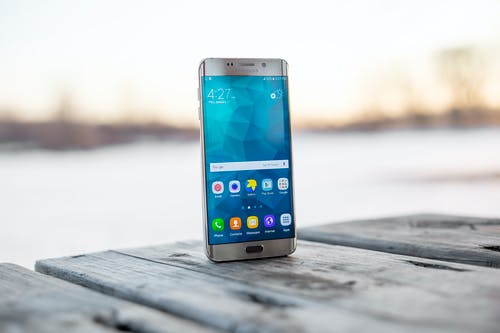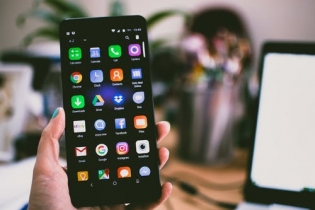Mobile devices are always more popular, reaching nearly six billion pieces worldwide, with over 60% using Android operating system. The reason for this rise is certainly linked to technological progress: the mobile world is becoming more and more powerful and versatile. Unfortunately, the increase in smartphone use also leads to an increasing number of cyber threats, the most common being among Android viruses and malwares. According to a study by the University of Cambridge, over 80% of Android smartphones are vulnerable to cyber threats and can be hacked with a simple message.
Types of Android malwares
While mobile malware does not have the same complexity as PC malware, there has been an increase and development of malicious applications that could compromise an Android smartphone. These are mainly:
Adware. They’re the most harmless, although being particularly annoying. In the event that an adware infects a smartphone, there will be unwanted malicious ads shown out of the user control. For example, by accessing www.spikeslot.com from an infected device you wouldn’t display the regular homepage, instead you would find yourself in front of many ads.
Ransomware. Originally born for PC platforms, ransomwares have now reached the mobile world. They will allow locking the phone or some components such as photos, videos or documents, but they will ask for a payment to unlock it. Usually, the payment must be transferred in Bitcoin in order to be untraceable.
Trojans. One of the favorite ways to hit a cellphone is to use SMS. Some trojans, once the device is infected, are designed to send messages to paid services, in order to earn on the phone's credit. Others instead allow you to intercept messages and read the content in order to obtain sensible information.

How to protect an Android smartphone
If you want to feel safe about your device and your data, there are great apps awaiting for you in the AppStore.
Antiviruses. The first tip to protect an Android smartphone, regardless of brand and model is to keep an antivirus installed and updated. In this way, in the event that a malware tries to penetrate the device, it will be immediately detected and neutralized.
Use secure connections. Although the Internet is always a dangerous place regardless of the connection used, using password-protected private networks is preferable to public networks such as hotspots available in the streets, easily monitored by hackers and malicious people. It may also be useful to get a VPN, for added protection.
Do not download applications from untrusted sources. The simplest way to spread malware is to have it installed directly by users. Therefore do not download applications from unverified and untrusted sources, but only follow AppPicker advices to get best market opportunities.








